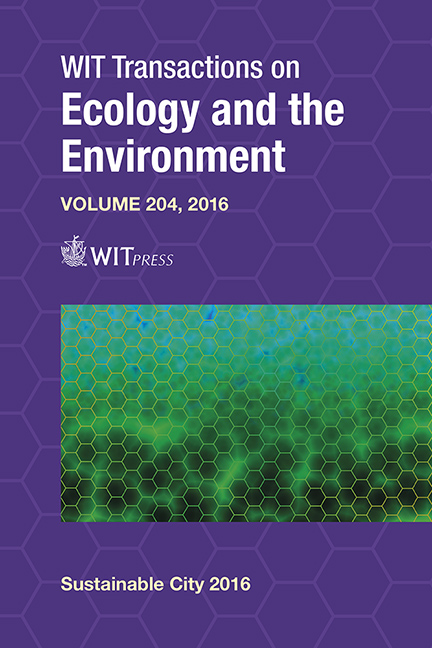Using BIM To Mitigate Risks Associated With Health And Safety In The Construction And Maintenance Of Infrastructure Assets
Price
Free (open access)
Transaction
Volume
204
Pages
12
Page Range
873 - 884
Published
2016
Size
734 kb
Paper DOI
10.2495/SC160711
Copyright
WIT Press
Author(s)
D. Ruikar
Abstract
Building Information Modelling (BIM) is a descriptive term for the technologically advanced, collaborative and information-centric processes used to drive design, construction and operation of the built environment. BIM is essentially value creating collaboration through the entire life-cycle of an asset (building or infrastructure), underpinned by the creation, collation and exchange of shared 3D models and intelligent, structured data attached to them. BIM is also about a shift in culture that will affect the way the built environment and infrastructure works and how it is delivered. Historically the health and safety record of the construction industry in the UK is relatively poor as compared to the manufacturing industries. BIM and the digital environment it operates within now allow us to use design and construction data in a more intelligent way. It allows data generated by the design process to be re-purposed and contribute to improving efficiencies in other areas of a project. This evolutionary step in design is not only creating exciting opportunities for the designers themselves but it is also creating opportunity for every stakeholder in any given project. From designers, engineers, contractors through to H&S managers, BIM is accelerating a cultural change. The paper describes the idea behind a research project at the University of Birmingham that uses BIM as a platform to elucidate construction, operation and maintenance health hazards and using the principles of prevention devise mechanisms for their control.
Keywords
health and safety, BIM, asset management, CDM regulations, heat map, risk ranking, health hazards, risk ranking





